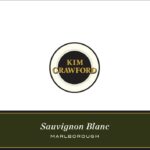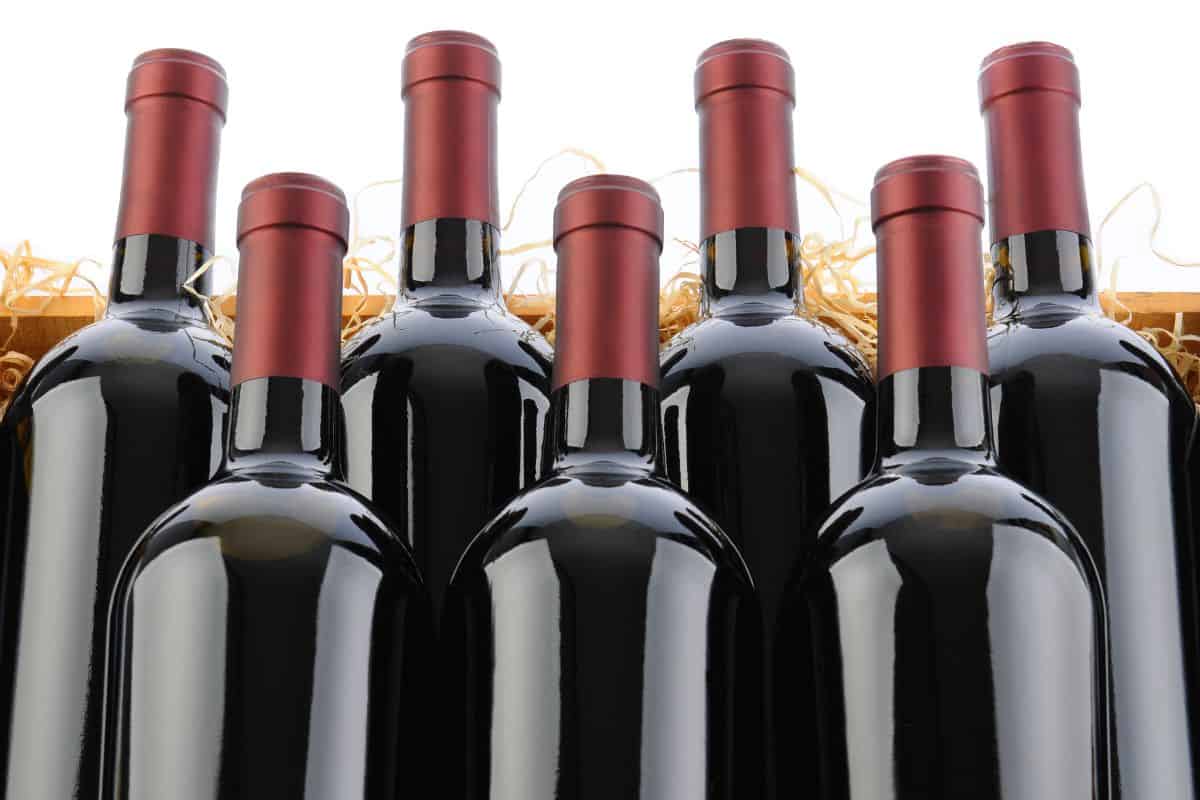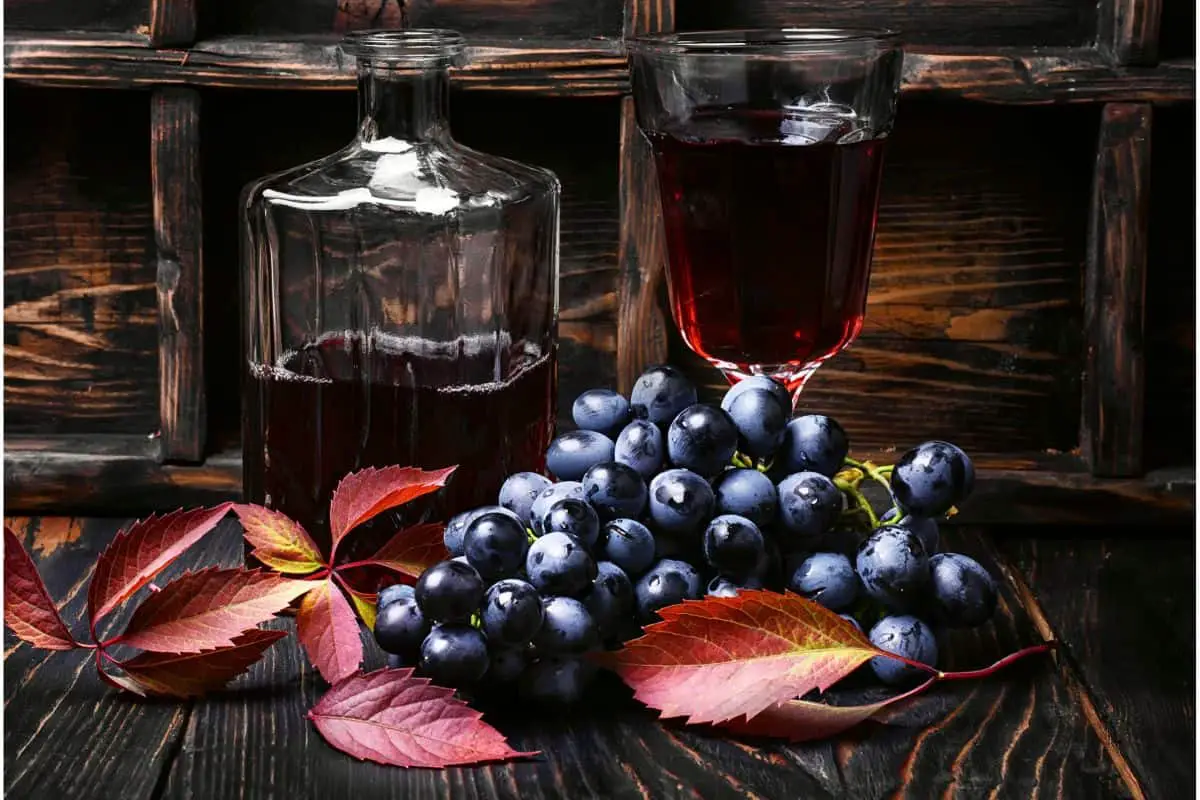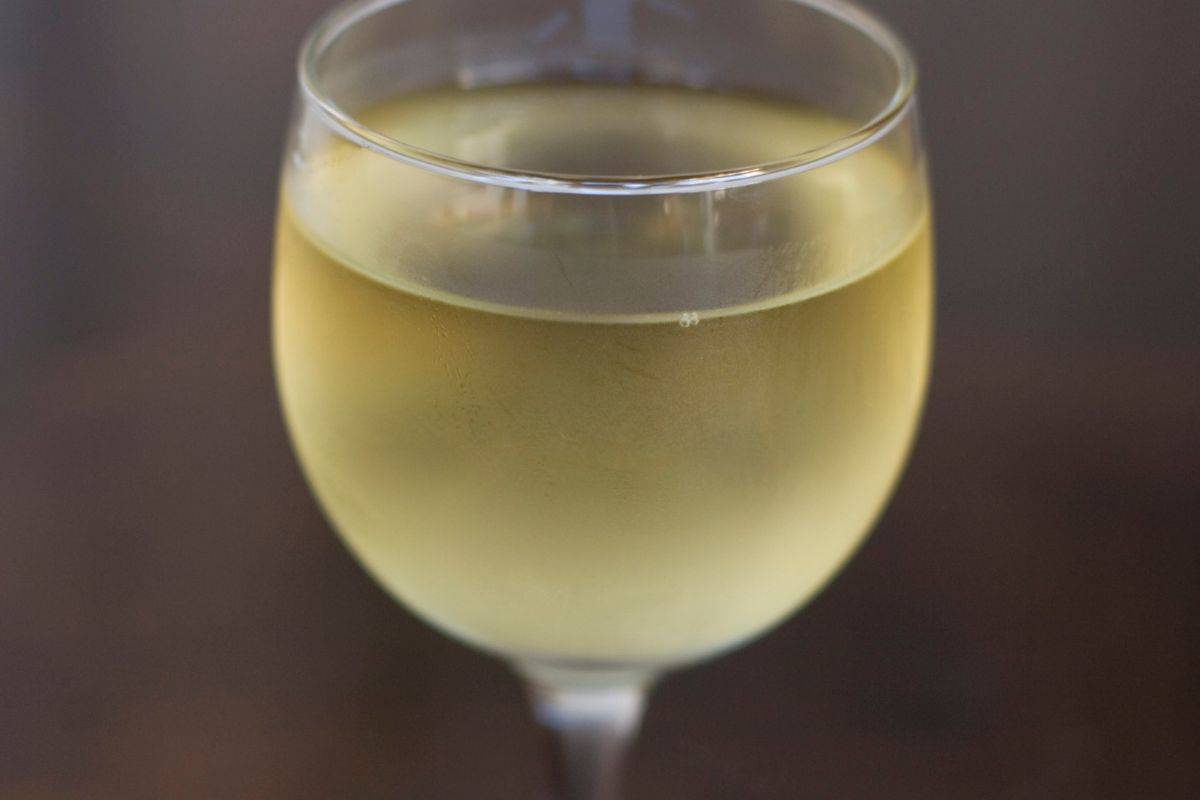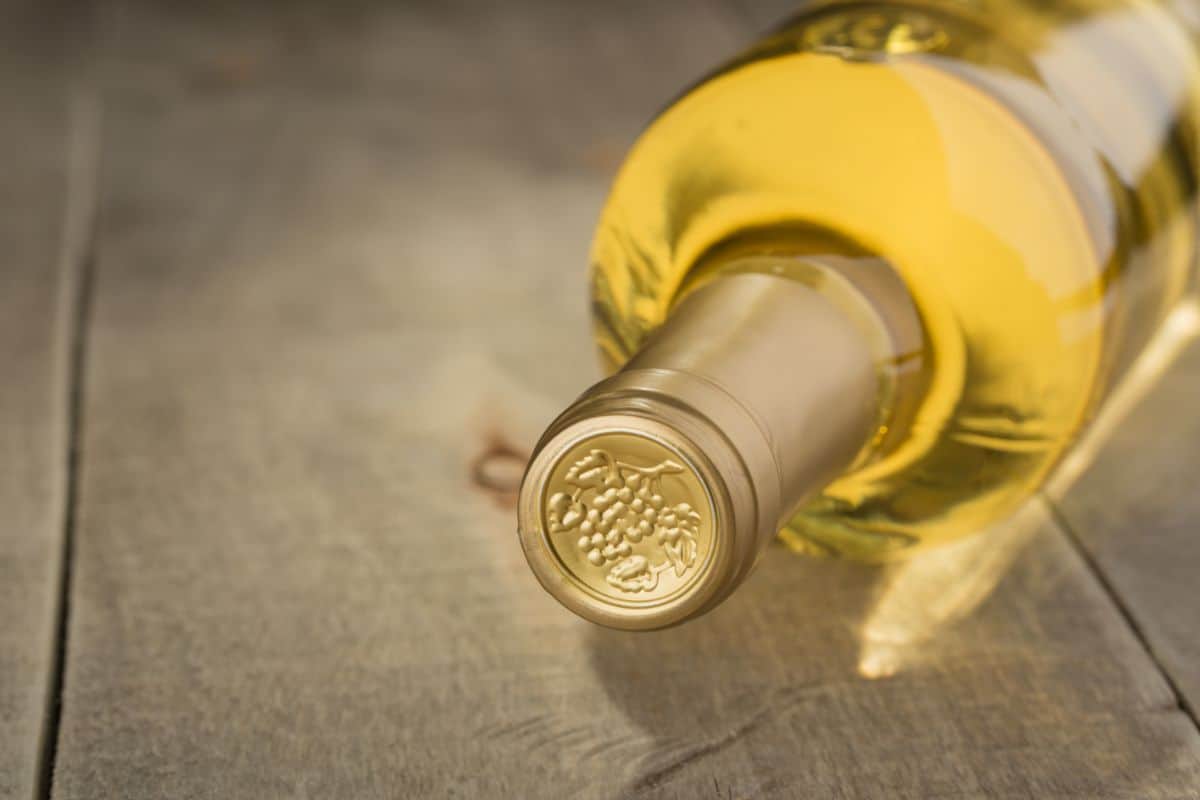Sauvignon Blanc is one of the most recognizable white wines in the world. It’s relatively cheap and varies in flavor.
In fact, it’s so varied that it can be used as both a dinner and dessert wine. Sauvignon Blanc is a straightforward, hassle-free wine.
Its flavors are always at the forefront and rarely hidden, giving it a distinctive flavor profile that’s easy to work with.
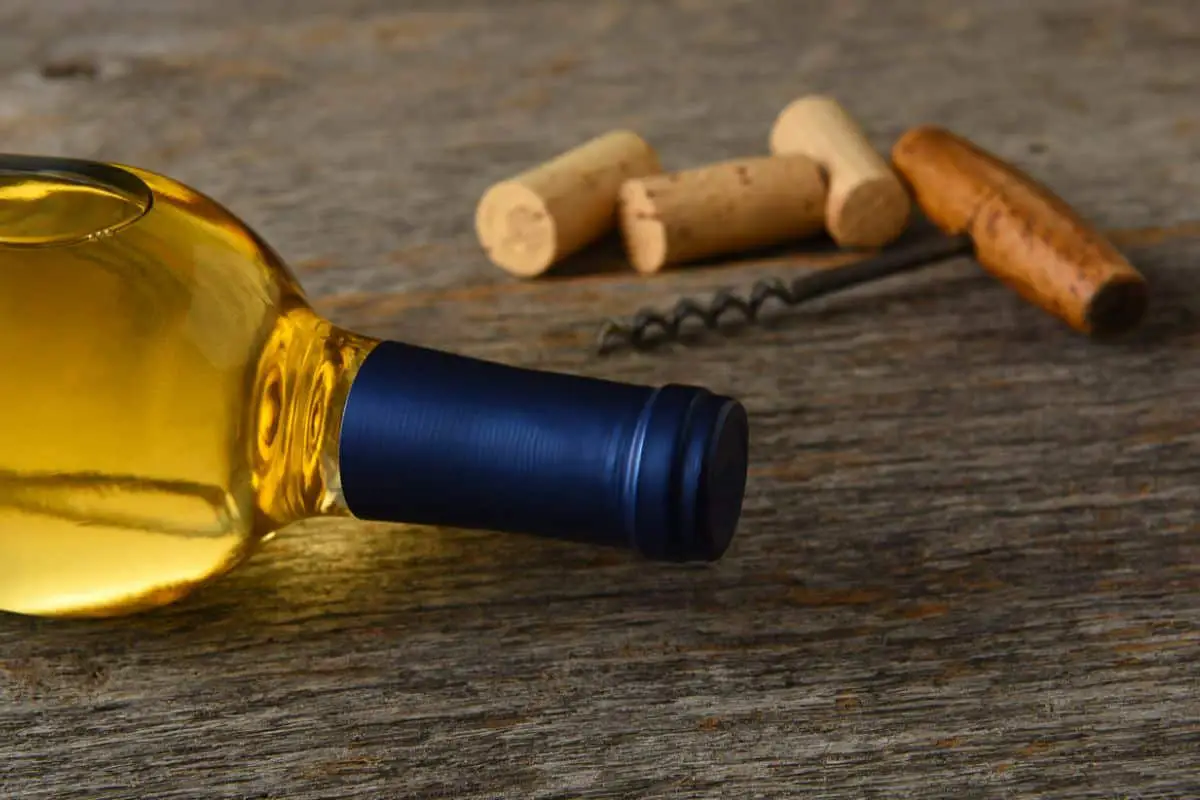
It’s so reliably good, that wherever you are in the world, you’re unlikely to experience a dramatic difference in taste.
Though its profile can differ, it has a few general commonalities that make it stand out from other popular crowd-pleasers.
“Dry or sweet?” is the question most wine drinkers will ask before picking up a bottle.
So how exactly do we define Sauvignon? Is this diverse wine dry or sweet, or can it be both?
What Is Sauvignon Blanc?
Sauvignon Blanc, pronounced “saw vee nyon blahn” or “blahn” is one of the most popular white wines in the world.
This green-skinned grape variety of wine originates from Bordeaux in France and is loved for its herbal, crisp, and sometimes bitter flavor.
The grapes used in Bordeaux to make sauvignon grow wild and untamed throughout the region.
It’s believed that this is where the name ‘sauvignon’ comes from, deriving from the French word ‘sauvage’, which means ‘wild.’
Since it was first created in Bordeaux, sauvignon has traveled far and wide.
From its roots in Paris, sauvignon eventually made it to New Zealand, where its grapes rocketed in popularity. Before this, few had heard of sauvignon.
From Bordeaux, the grape found its way into Sancerre in the Loire Valley in France.
It was here that sauvignon was planted and cultivated with the purpose of creating a wine that it could be the only ingredient for.
However, sauvignon didn’t get its name here – it was first branded as Sancerre (pronounced ‘San-Ser’, after the region.
Sancerre became a prominent drink throughout Paris, and demand grew high.
In the 1980s, things really took off when New Zealand adopted Sancerre and catapulted it into the international market.
What Does Sauvignon Blanc Taste Like?
Sauvignon Blanc is considered one of the most identifiable white wines in the world.
Though its flavors can range from juicy and tropical to crisp and grass-like, sauvignon always has a specific trademark acidity that makes it easy to identify.
Sauvignon Blanc has a distinct chemical compound called pyrazine.
This compound gives sauvignon its peppery, grassy, and herbal flavors. It also has a high acidity that’s often complemented with a distinct crispness.
However, the flavor of sauvignon blanc may vary depending on the climate it was grown in. For example, in warmer climates, the grapes become riper.
This gives sauvignon a higher alcohol percentage with less acidity.
If you’re drinking warm-climate sauvignon, you’ll probably notice fruitier flavors, and if oak is used, you may even notice an undertone of toast flavors.
Cooler climates are where sauvignon tends to thrive.
The herbal notes of sauvignon become more prominent – these are the most distinctive features of sauvignon.
Wines from cooler climates will usually have higher acidity and a lighter body than those from warm climates.
Sauvignon: Sweet Or Dry?
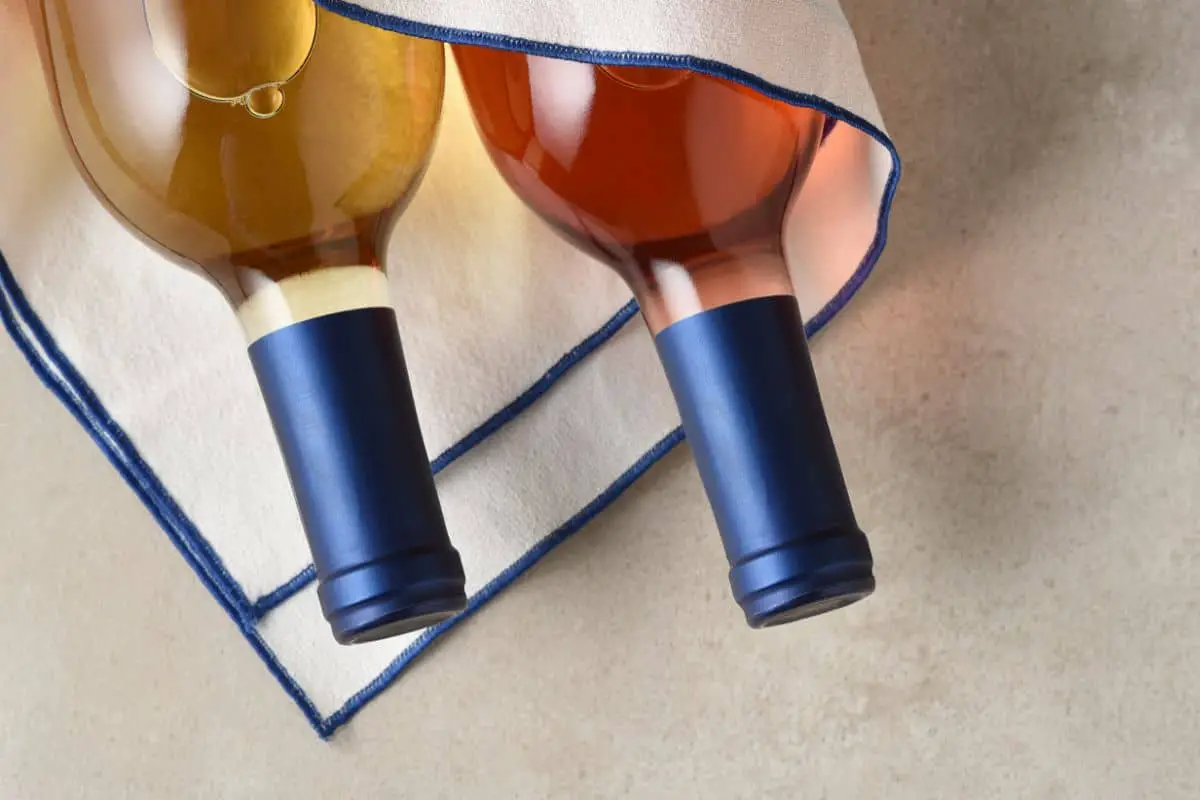
The majority of sauvignon is dry. This means it’s fermented until all of its sugar is removed while maintaining a medium to high alcohol content.
Sauvignons distinctive dryness may be due to its high acidity and its herbaceous notes, which come from pyrazines, its unique chemical compounds.
Sauvignon is made dry when its winemakers let the yeast convert the sugars of the grape juice into alcohol when it’s fermenting. Without the extra sugar, sauvignon is dry.
Sauvignon isn’t always dry, though. Some variations can be sweet or semi-sweet.
This is largely subjective, though – what’s considered dry to some may be sweet for others.
Compared to Chardonnay, which is regarded as one of the driest white wines in the world, Sauvignon appears notably sweeter.
Sauvignon is a terroir-driven wine, meaning it’s often expressive of the regions it’s grown in.
This is why there can be such a stark difference in taste between sauvignon from cooler climates and sauvignon from warmer climates.
The sweetness or dryness of your sauvignon may also be determined by factors like:
- Winemaking techniques
- The temperature you drink your wine at
- Harvest time
How Is Sauvignon Blanc Made?
Like any other wine, the process begins with the harvesting and pressing of sauvignon blanc grapes.
Sauvignon Blanc is often fermented in stainless steel tanks at low temperatures to retain the fruitiness of the wine.
Ideal fermentation temperatures are between 42 to 50 Fahrenheit. After several rackings, the sauvignon balance is fined and filtered.
It’s usually bottled within just a few months of fermentation and drunk a month or so after it has been bottled.
This process can vary according to winemakers. Some Sauvignon Blancs are oaked.
When a sauvignon blanc is oaked, it gives a full-bodied flavor with a good level of acidity.
Oaked sauvignons are made when the wine is aged in oak barrels.
This process affects the wine’s aroma, body, flavor, and structure and can add elements of spice, vanilla, or smoke.
If your sauvignon has been oaked, it will have a distinctive richness and creaminess that you wouldn’t otherwise taste.
Sauvignon Blanc: Food Pairings
This herbaceous, crisp wine often complements anything light or herbally.
Its crisp, aromatic notes make it one of the most food-friendly wines out there. Some of the most popular food pairings with sauvignon include:
- Cheese
- Seafood dishes
- Spring vegetables
- Salads
- Mexican food
- Greek food
- Chicken
- Bruschetta
- Vegetarian dishes
Final Thoughts
The history and diversity of Sauvignon Blanc is just as vibrant as its flavor profile.
Although this staple white wine didn’t surge in popularity until the 1980s, it has been grown for decades and is loved the world over for its distinctively dry and acidic taste.
If you’re looking for a diverse yet distinctive wine to add to your go-to collection, the humble Sauvignon deserves a place in your home.
This crowd-pleaser never disappoints!
- How to Learn Wine Tasting: Essentials for Beginners - March 10, 2024
- How to Learn to Like Wine: Cultivating an Appreciation for the Vintner’s Art - March 10, 2024
- Thanksgiving Sangria: A Flavorful Twist to Your Holiday Table - August 27, 2023



